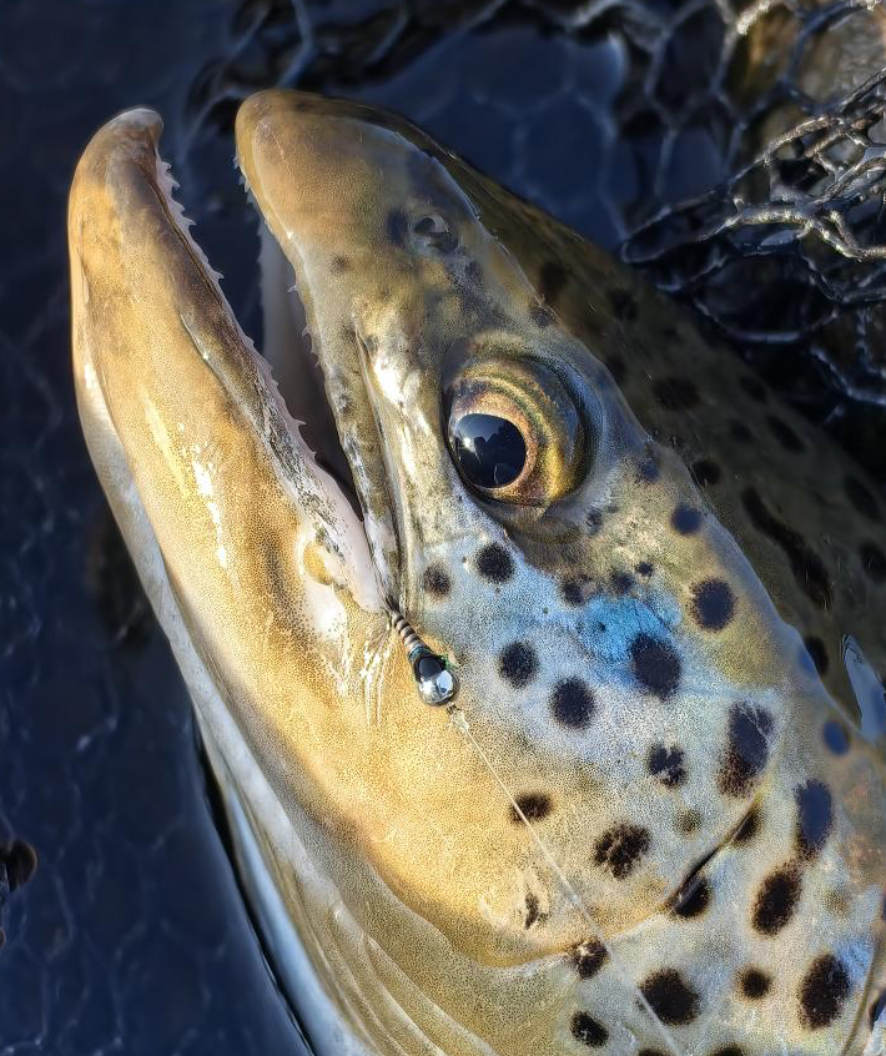My Journey into Euronymphing | with Lukasz Tomaszk
With : fishflybite
My journey into fly fishing – more specifically, euronymphing – began a decade ago. It wasn’t a coincidence. It was my younger brother and his friend who first introduced me to this fascinating world. They were already exploring the sport, and slowly, they pulled me in.
At first, I was skeptical. Fly fishing seemed too technical, demanding, and – let’s face it – expensive. It required travel, research, and a constant learning curve. But everything changed during my first trip to the San River, nestled deep in the Bieszczady Mountains. That river didn’t just impress me – it consumed me. Crystal-clear water, a rocky riverbed, carpets of green moss – and then, the moment: my first grayling. A stunning, 50 cm+ male, painted in deep purples and reds. He fought with grace and strength. That’s when I knew I was hooked for life.
Since that moment, fly fishing has been at the center of my life. At first, I bought nymphs; then I began purchasing hand-tied flies from local tyers. Eventually, I thought: why not tie my own? That was the beginning of a long and humbling journey at the vise.
My first nymphs were – let’s be honest – clumsy. Thick, unbalanced, messy. But they worked. Trout took them, and that was enough to keep the flame alive. Over time, with experience and deepening knowledge of materials, proportions, and balance, I found my rhythm. YouTube became my teacher – I studied both master tyers and passionate amateurs. Each one offered something valuable. Today, I’ve developed my own style and techniques.
Soon, I fell into another trap – fly tying materials. It’s a bottomless pit. Every new dubbing, each new CDC feather, or obscure hackle opens doors to new experiments. And every angler knows: some days, trout will only take one specific color – usually the one you left at home.
That’s why I always flip a few stones before I cast. What lives under the rocks is the best clue you’ll get. I try to match the shape and color of my nymphs to what’s most abundant that day. Of course, fish have minds of their own and often go for the unexpected – and that’s the magic of it all.
My go-to colors? Brown, olive, dun, black, and yellow. I mostly tie natural-style nymphs, with collars made from hare mask, CDC, or squirrel. My core building block is pheasant tail – irreplaceable. I love the buggy, prickly look created with the dubbing loop technique – trout seem to love it too.
While I appreciate classic patterns – like variations of Sawyer’s legendary nymph – I also enjoy creating my own designs. Some feature hot spots, others use stripped peacock quill. I love testing, tweaking, and learning from every success (and failure). Each day on the water is a new lesson.
To me, fly fishing is more than just catching fish. It’s a philosophy, a way of life, an escape from everyday noise. I never eat the fish I catch – they always go back. For me, it’s all about that brief connection, the rush of the fight, and the quiet satisfaction of releasing a wild fish back into its world.
The best days? Just before a storm. Trout feel the drop in pressure – they feed aggressively. I grab my rod, my box of flies, and head to the river with a heart full of excitement and flies that each tell a piece of my story.






